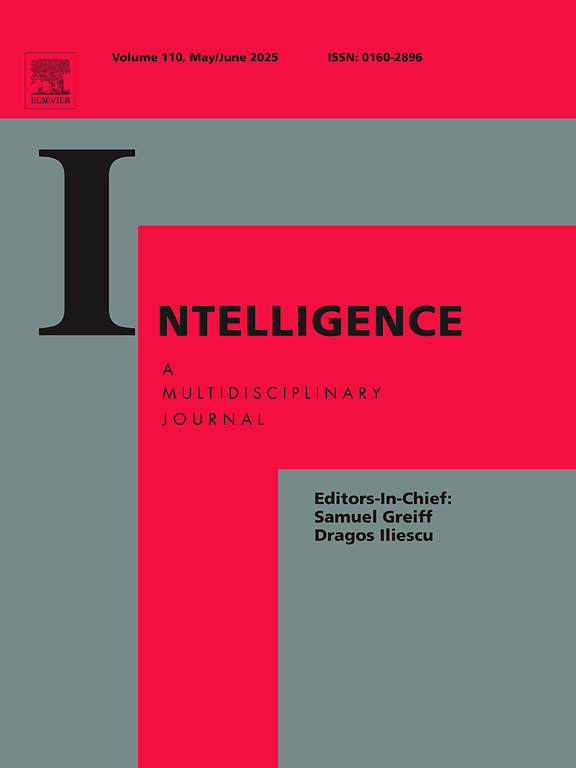Fluid intelligence and school performance and its relationship with social variables in Latin American samples

View/
Date
2015-04Author
Flores-Mendoza, Carmen
Mansur-Alves, Marcela
Ardila, Rubén
Rosas, Ricardo D.
Guerrero-Leiva, Maria Karla
Lucio y Gómez Maqueo, María Emilia
Gallegos, Miguel
Reategui Colareta, Norma
Burga León, Andrés
Metadata
Show full item recordAbstract
As part of the project, “Study of the Latin-American Intelligence” (SLATINT), this study was conducted in six Latin American cities (Rosario-Argentina, Belo Horizonte-Brazil, Santiago-Chile, Bogota-Colombia, Mexico City-Mexico and Lima-Peru) and one European city (Madrid-Spain). The goal was to verify the effect of school performance on fluid intelligence and vice versa after controlling the socioeconomic variables. Students (N = 3724) between the ages of 14 and 15 years (51% females) that were enrolled in 66 schools from different socioeconomic levels, participated in this study. The Raven Standard Progressive Matrices test (SPM, fluid intelligence measure), the 2003 PISA test (school performance measure) and a short socioeconomic questionnaire were administered. Diverse multilevel analyses were conducted. The results were: 1) a positive relationship between PISA and SPM, although a stronger correlation was observed as aggregated (r = .89), rather than individual scores (r = .58) were used; 2) after controlling social variables, the PISA scores could vary up to 7.79 times due to variation in SPM scores; 3) after controlling social variables, the SPM scores could vary up to 1.4 due to variation in PISA scores; 4) the socioeconomic status of schools exerted a greater influence on PISA scores than on SPM scores; and 5) there was a variability among schools regarding school performance (35.2%) and intelligence (6.3%) which was not explained by the covariates and random effects. The impact of these results for education policies is discussed.
